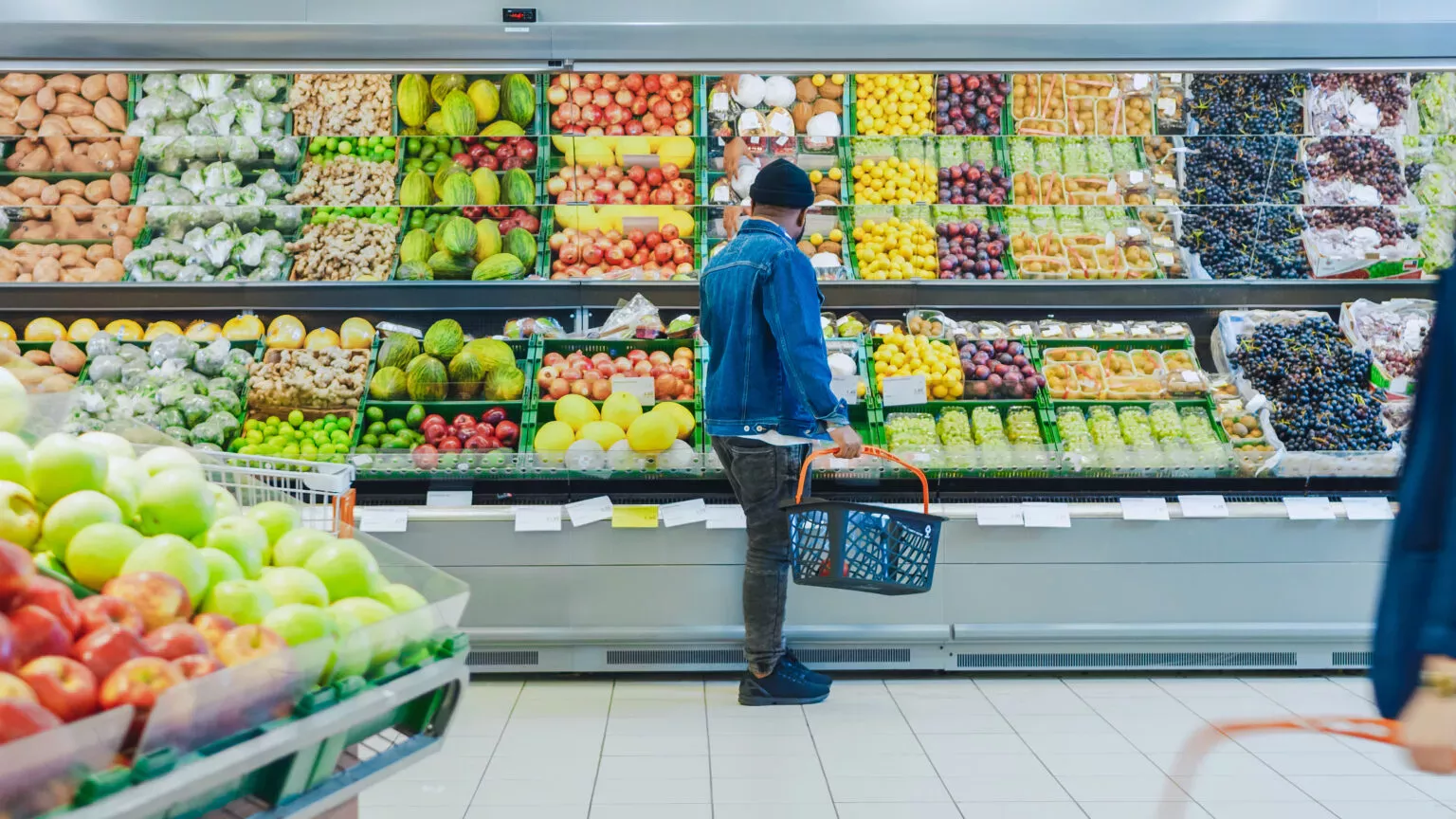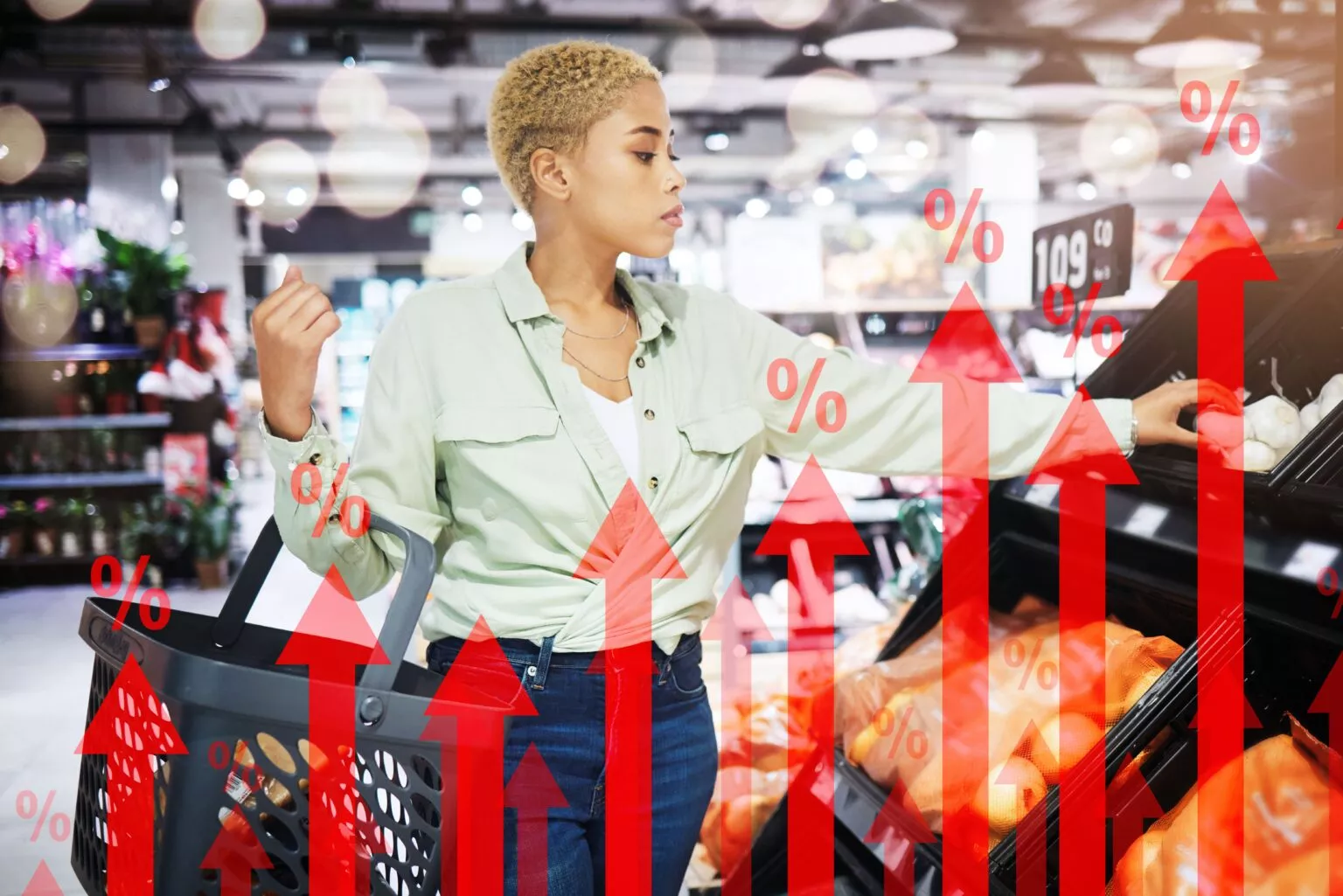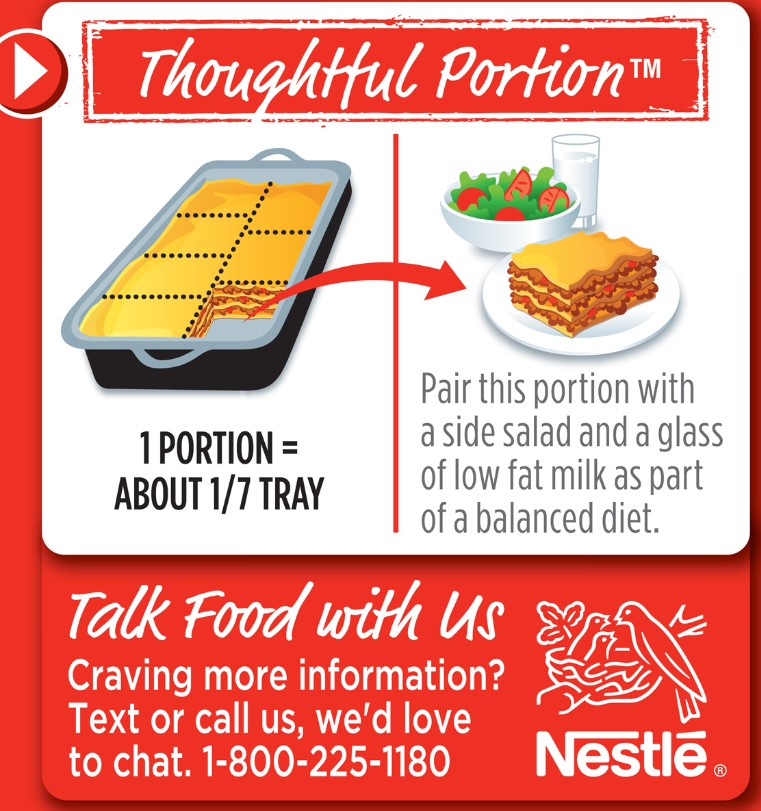In this post…Salmonella limits in poultry, states seek to remove candy and soda from SNAP benefits and what is actually happening/likely to happen with regard to removing artificial dyes from food? In other health-related news, fewer snack and fast food purchases and social media promote eating greens and “Oatzempic” to lose weight. An insightful podcast episode from On Point looks at how groceries are priced and tariffs in the news.
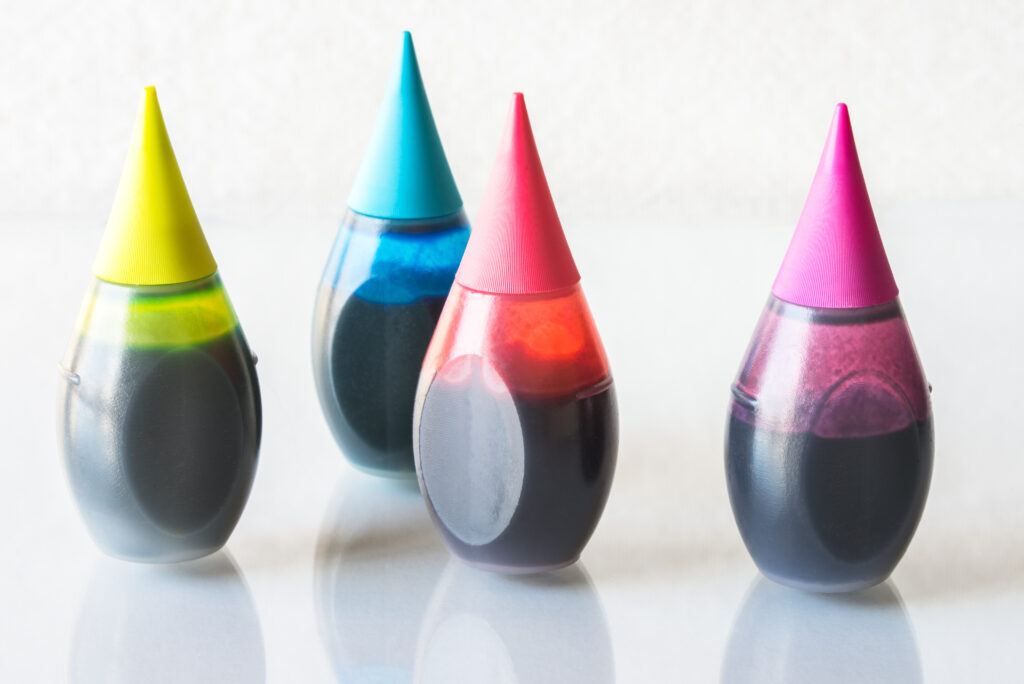
What’s Trending
Food headlines this month are packed with policy shifts and consumer reactions. The USDA has pulled back on proposed Salmonella limits in poultry, while some states push to remove candy and soda from SNAP benefits. Momentum is also building around banning artificial food dyes—but the full transition may take years. Rising prices are reshaping habits: snack and fast food sales are slowing, while TikTok trends like ‘dinosaur greens’ can be positive or ‘Oatzempic’ which is harmful especially for teens. Meanwhile, tariffs and shipping slowdowns continue to influence how—and how much—we pay at the grocery store.
A CURATED LIST OF MUST-READ CONTENT
USDA/FSIS had asked for comments on a framework to limit Salmonella in poultry. They’ve decided not to implement this. Some states want to ban candy and soda from SNAP benefits. There are pros to this, but are there cons? Dr. Marion Nestle weighs in. Dr. Nestle also shares what’s behind the headlines with regard to banning artificial food dyes. And what is the realistic timeline to remove artificial dyes from food? One group, the dairy industry plans to voluntarily remove artificial dyes from school meals in 2026/2027.
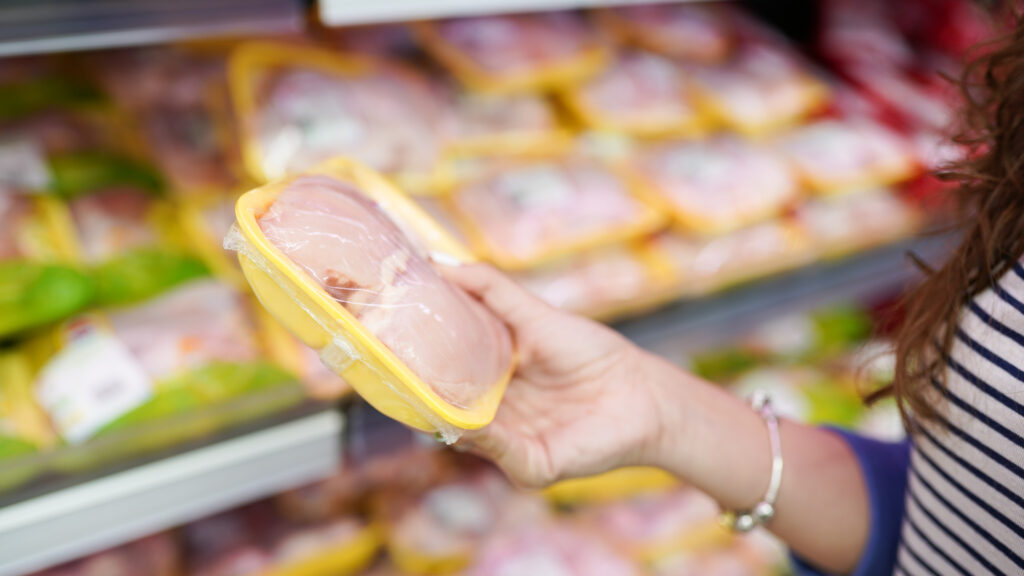
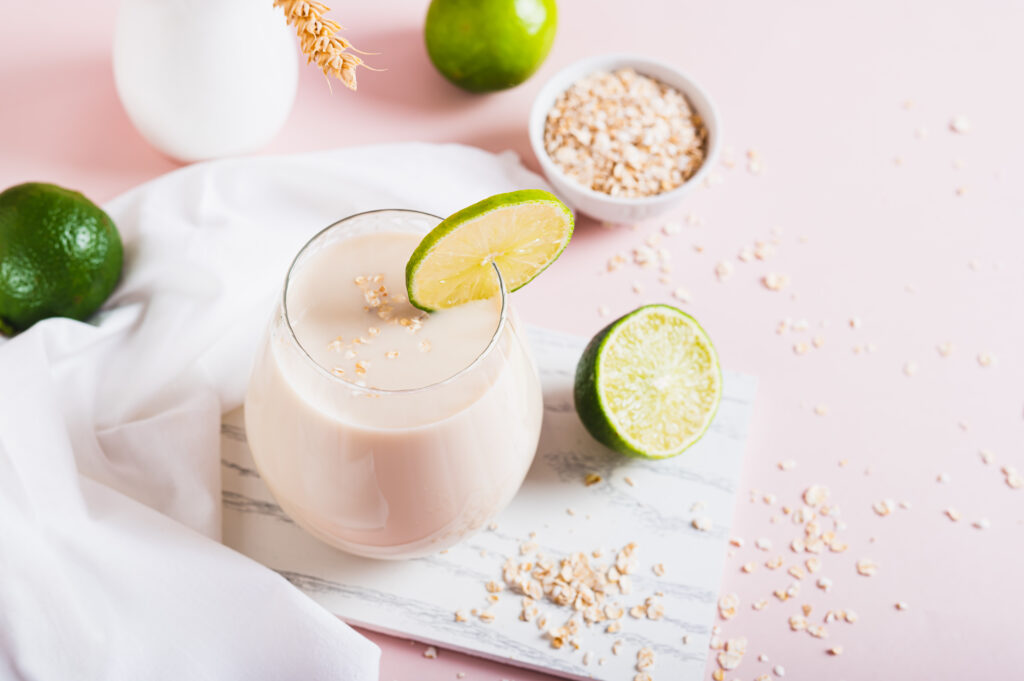
Changing food behaviors (at least for now): food prices appear to be causing declines in fast food and snacks. Social media food trends: eating greens and Oatzempic.
High food prices continue to dominate headlines. Looking for a comprehensive view about how groceries are priced as well as how tariffs and immigration might affect food prices? A podcast episode of On Point from WBUR looks at food prices as well as price gouging – definition and regulations in place. From the grocer perspective: how do grocers decide when to increase prices amidst tariffs? Empty/partially empty shipping containers sitting on docks at shipping ports: what does this mean for grocery availability? Consider that 60% of apple juice is imported from China to the U.S. In breaking news, there’s a 90-day tariff deal between the U.S. and China which pauses the escalation and helps the flow of goods but this may change again as negotiations continue. Remember that the price of a particular food item will depend on its origin.
CLICK HERE FOR RELATED NEWS
-
- How groceries are priced; the impact of tariffs, immigration
- Retail grocers: tariffs and when to hike prices
- Empty shipping containers may mean some empty grocery shelves (Story 1) (Story 2)
- U.S., China reach 90-day tariff deal eases tensions…for now
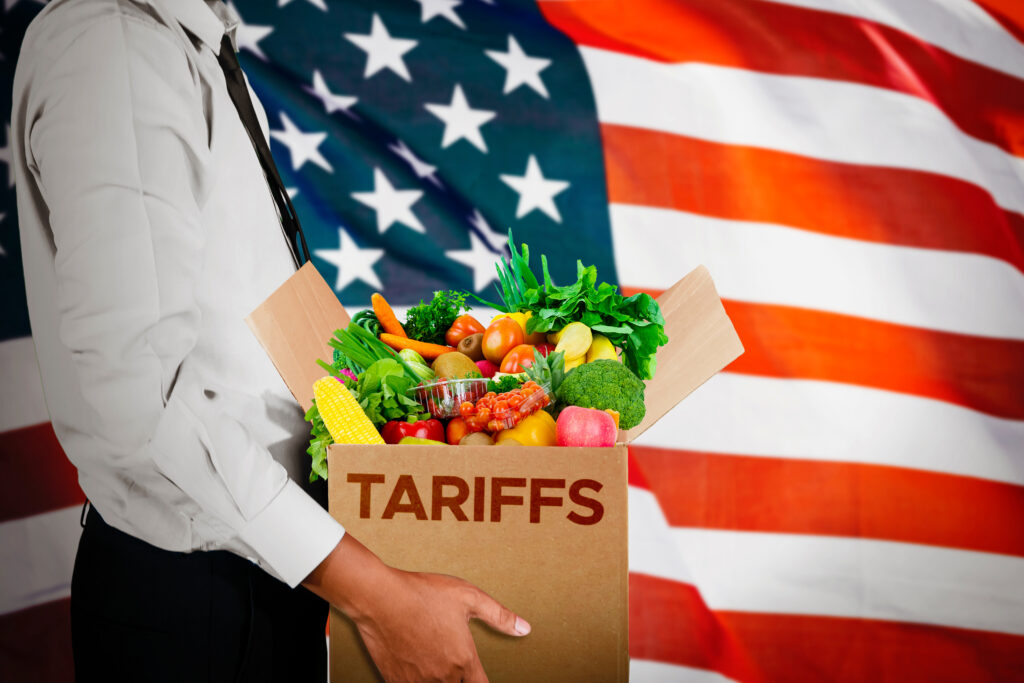
continue reading
Related Posts
As the holidays approach you may have more time to
In the news…good news: school meal reimbursements will continue during
SNAP continues to be in the news… Louisiana’s SNAP waiver

